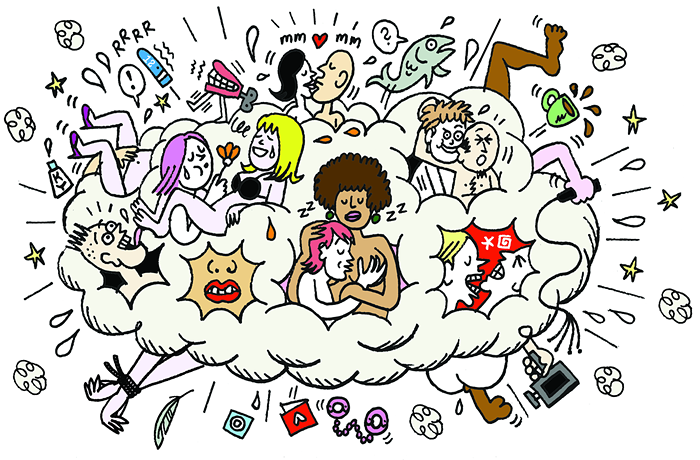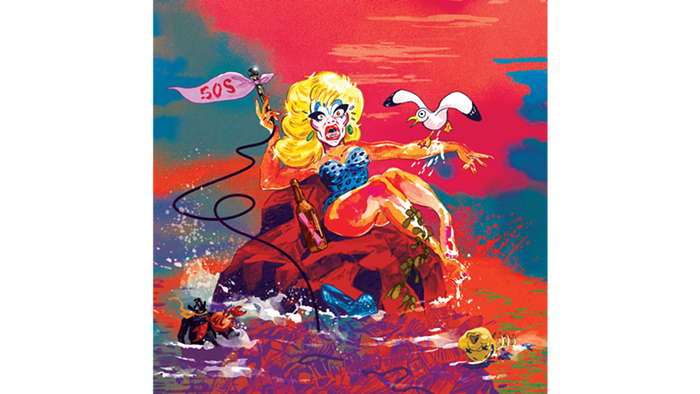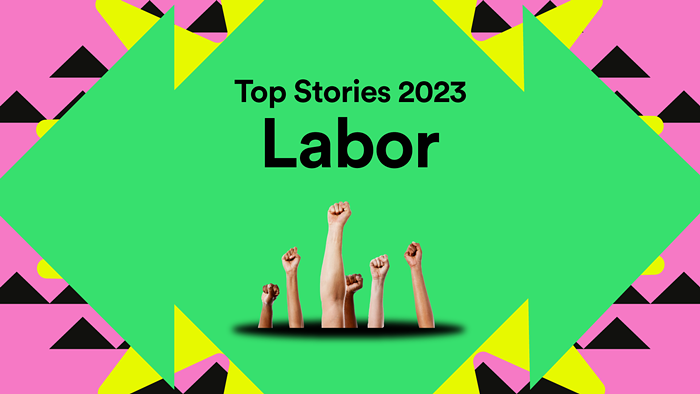
I’d like to point out a little fallacy in the logic of some proponents of the beer tax. During the first hearing on the issue in Salem a few weeks ago, folks from the Oregon Partnership (a non-profit dedicated to drug prevention) suggested that a proposed 1900% increase in the excise tax on beer would not prohibitively raise the price. Yet they followed that comment with a suggestion the cost would increase enough to prohibit drunks and teenagers from purchasing it.
First off, I’d like to say I think the Oregon Partnership does great, much needed work. I will add, however, that they need to work on their argument.
Teenagers probably have more disposable income than most Mercury staffers who are, by and large, drunks that will just buy a pint of HRD vodka for six dollars if their precious micro-brew gets to pricey.
But the Oregon Partnership argument brings up an important point. The real fight over the beer tax is clearly in the margins. Which is not to say it’s been pushed to the sidelines, but that the argument comes down to the minutia of profit margins.
Let’s put aside the passionate arguments about funding drug treatment for a moment. I think most can agree that treating the ravages of addiction is necessary, even if we disagree on how that treatment should be funded.
Once we can recognize that, it’s time to think rationally about how a $49.61 increase in the beer excise tax will affect both businesses and consumers from production to the point of sale. The key figures in this debate are 20 cents and a buck-fitty. Tax proponents say the proposed tax increase will only raise the price of one pint of beer by 20 cents. Everyone else says the tax will increase the price per pint by $1.50.
This is the major sticking point, and the discrepancy between the figures comes down to how businesses deal with profit margins. Honestly, it’s not an easy thing for the layperson to understand. You may remember a heroic comment from Blogtown reader “extramsg” on my last beer tax post, in which he explains how businesses maintain a certain profit margin in the face of increased costs. I was prompted to do some research of the issue myself, and after ramming my head against the brick wall of small business finance with everyone from a Harvard Business School Professor to the owner of Belmont Station, I’d be hard pressed to explain it any better than Mr. msg.
But I’ll try. Brace yourself, and set your keyboards for maximum snark.
Rep. Ben Cannon, the lead sponsor of the bill to increase the beer tax, said on OPB’s Think Out Loud this week that if retailers simply pass the cost of the tax along sans mark-up, the price increase per pint for the consumer would average about 20 cents at the tap. Cannon suggested that businesses who didn’t just pass along the 20 cents to the consumer would be “taking advantage” of the increase, profiting on what Cannon sees as a harmless and altruistic sin tax.
Not so, says Carl Singmaster of Belmont Station, who is looking at the whole thing from the perspective of both retailer and publican. Singmaster explains that in Oregon’s three-tiered system of beer distribution—in which beer moves from producer, to distributor, to retailers—each business in the chain have a profit margin that they need to maintain. This margin, ranging anywhere from 50% for craft brewers to 30% for distributors, is calculated by a formula that takes into account the cost of goods and the revenue generated from the sale of those goods. If the cost of the goods you’re selling increases for whatever reason, you’ll need to increase the price at which you sell them in order to maintain your profit margin.
“That’s not greed,” says Singmaster, “That’s just the way business works. And if anyone knows how to do it any other way, then they could easily—and should easily—put the rest of us out of business.”
Profit margins are important because they speak to the health of a business. If a business is not meeting their expected return of profit, then investors will get antsy and financing could dry up. That’s an especially risky proposition in this economy. A banker who’s already reluctant to provide financing will be even more stingy if a business's books show that a it’s not meeting its profit margin. This is a lose/lose situation if the business in question is a retail craft beer outlet seeking additional financing to cover costs for a product that’s become more expensive due to an increase in taxes.
So prices need to increase. At the point of sale prices increase because the beer still needs to remain, say, only 25% of the total cost of operation. Also Visa and Mastercard will still demand a 5% cut of sales for use of their card machines. And any additional financing that might be required to cover increased costs of a product will certainly not be interest free.
Note that this doesn’t happen just once at the retail level, but a total of three times in the distribution chain, effectively amplifying the price increase at each step. So, twenty cents per pint at the point of production becomes a buck-fitty at the bar.
So why not have each business in the chain carve out the cost of the tax and just calculate their margins based on the initial increase? Are you fucking kidding me? This shit is complicated enough as it is.
It’s complicated enough to drive a man to drink. Which is what I plan to do as soon as I post this. Check back next week when we'll talk about alternatives to an excise tax! Yay!












